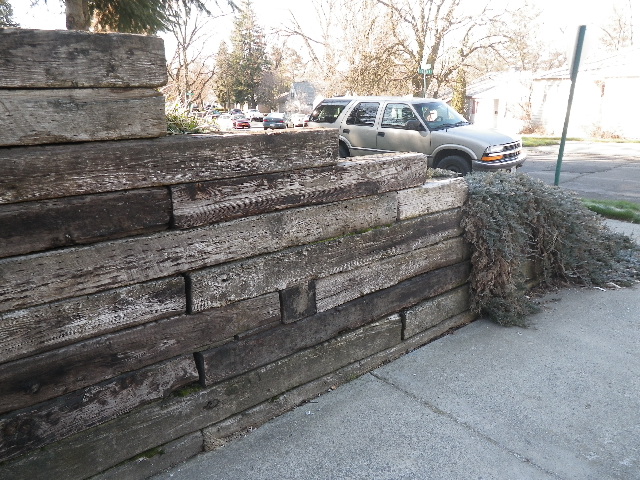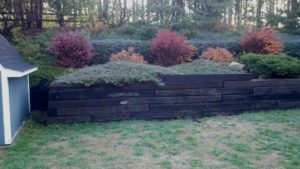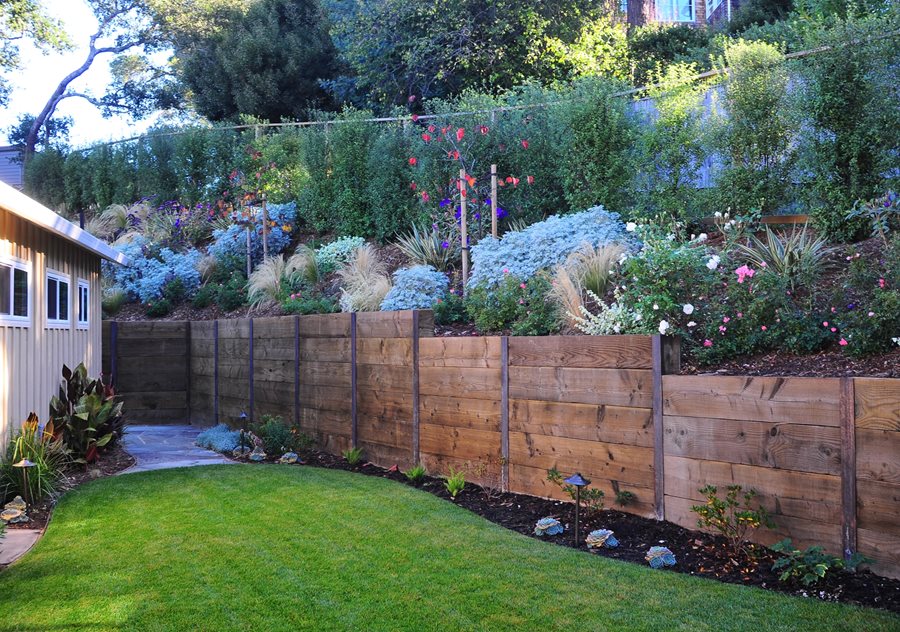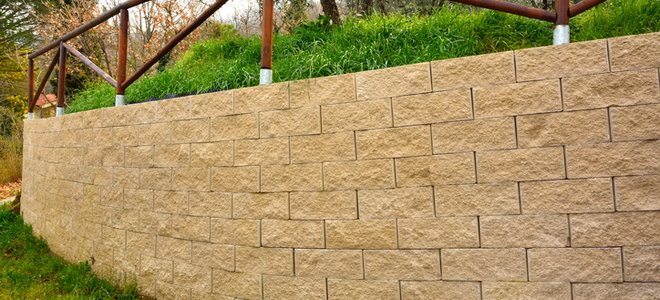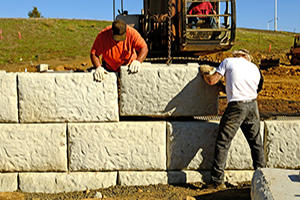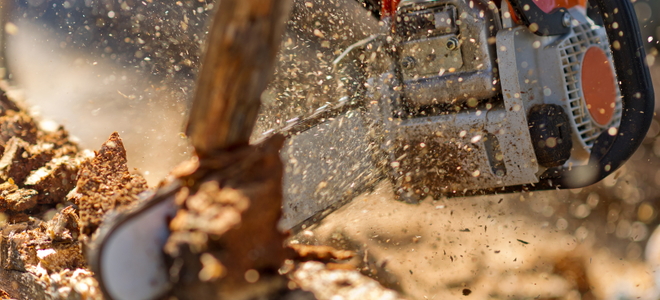Railroad Tie Retaining Wall Lifespan

Wood retaining wall lifespan selecting the best retaining wall retaining walls wood vs concrete selecting the best retaining wall why use concrete sleepers for your railroad ties for gardens railroad tie wall timelapse you.
Railroad tie retaining wall lifespan. Railroad ties have been used the past few decades as a cheap solution for retaining walls in residential homes and commercial properties. The average lifespan of a railroad tie retaining wall is anywhere between 15 and 25 years. If you need something sturdy and long lasting like a retaining wall or garden steps railroad ties may be right for you. The cradle to grave life cycle stages considered in this lci are illustrated in.
Inventory data are converted to a functional unit of per 1 61 kilometers 1 0 mile of class 1 railroad per year of use allowing assessment of the impacts of tie spacing and service life. Some kansas new mexico eastern colorado branchlines have 1910 1920 vintage ties still in good shape with the help of a dry climate. Lets start with the facts. The us tie industry and is equivalent to 0 028 cubic me ters m.
1 to pdn s comments. They do however come with some drawbacks that preclude them from being the right. Predicting tie life is both an art and a science. If you want a retaining wall with rustic charm consider building a railroad tie retaining wall.
Down the road things can break and repairs will be made. One of these walls is made up of ranks or horizontal rows of treated wood. It is labor intensive though and does take a lot of time. Existing retaining wall you should also consider the price to demolish an existing retaining wall if you have one.
Thus the thought to build a railroad tie retaining wall comes in. Put an oak tie in a tangent out here with low mgt and it ll last forever. Step 1 measurements. This type of wall has tremendous character built into it with the wide railroad ties discoloration gouges and even history.
Once the ground is prepared the process of building a railroad tie retaining wall is very straightforward. Put a pine fir tie in a curve and it s gone in a heartbeat. Cutting a large part of a sloping yard out to make room for a livable usable back yard is a possible solution with the addition of a retaining wall. Bulldoze or dig a.
The ties are held to the ground and each other with spikes of rebar. What homeowners don t realize is that these cross ties are not only harmful to the environment but they pose a huge health threat.



